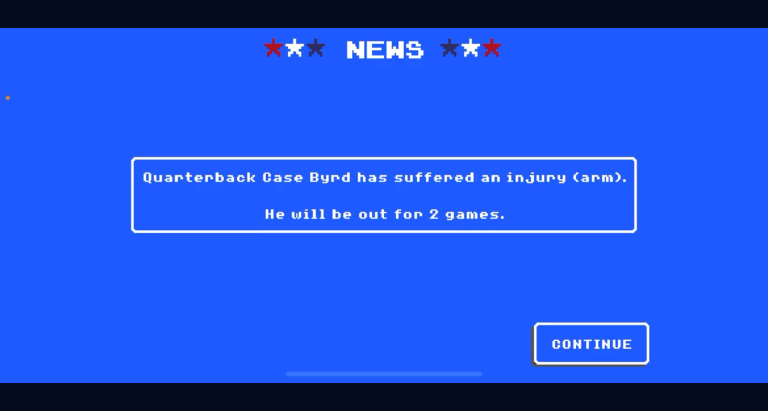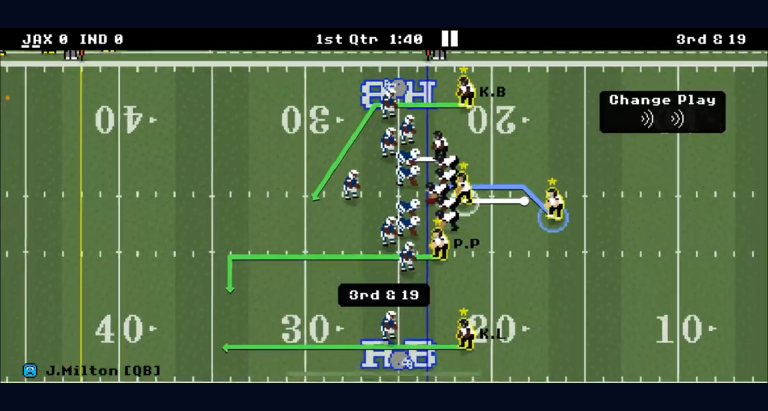Retro Bowl is a captivating blend of strategy, skill, and nostalgia that brings the excitement of football to your fingertips. Players engage in a unique simulation where they control a football team, making crucial decisions that impact game outcomes. The gameplay is characterized by intuitive controls, vibrant graphics, and a focus on player roles that include both offense and defense. Each match requires keen judgment about player choices, strategies, and in-game tactics to secure victory.
At the heart of competitive gaming lies the concept of dynamic difficulty. Dynamic difficulty refers to a system that adjusts the challenge level based on the player’s skill and performance. This ensures that players remain engaged and challenged without feeling overwhelmed. Having the right difficulty settings can make or break the experience, allowing for a balance between enjoyment and challenge. In Retro Bowl, the question of whether the dynamic hard setting truly presents a formidable challenge is addressed through a comprehensive exploration of its mechanics and player experiences.
Understanding Retro Bowl’s Gameplay Mechanics
Basic Gameplay Elements
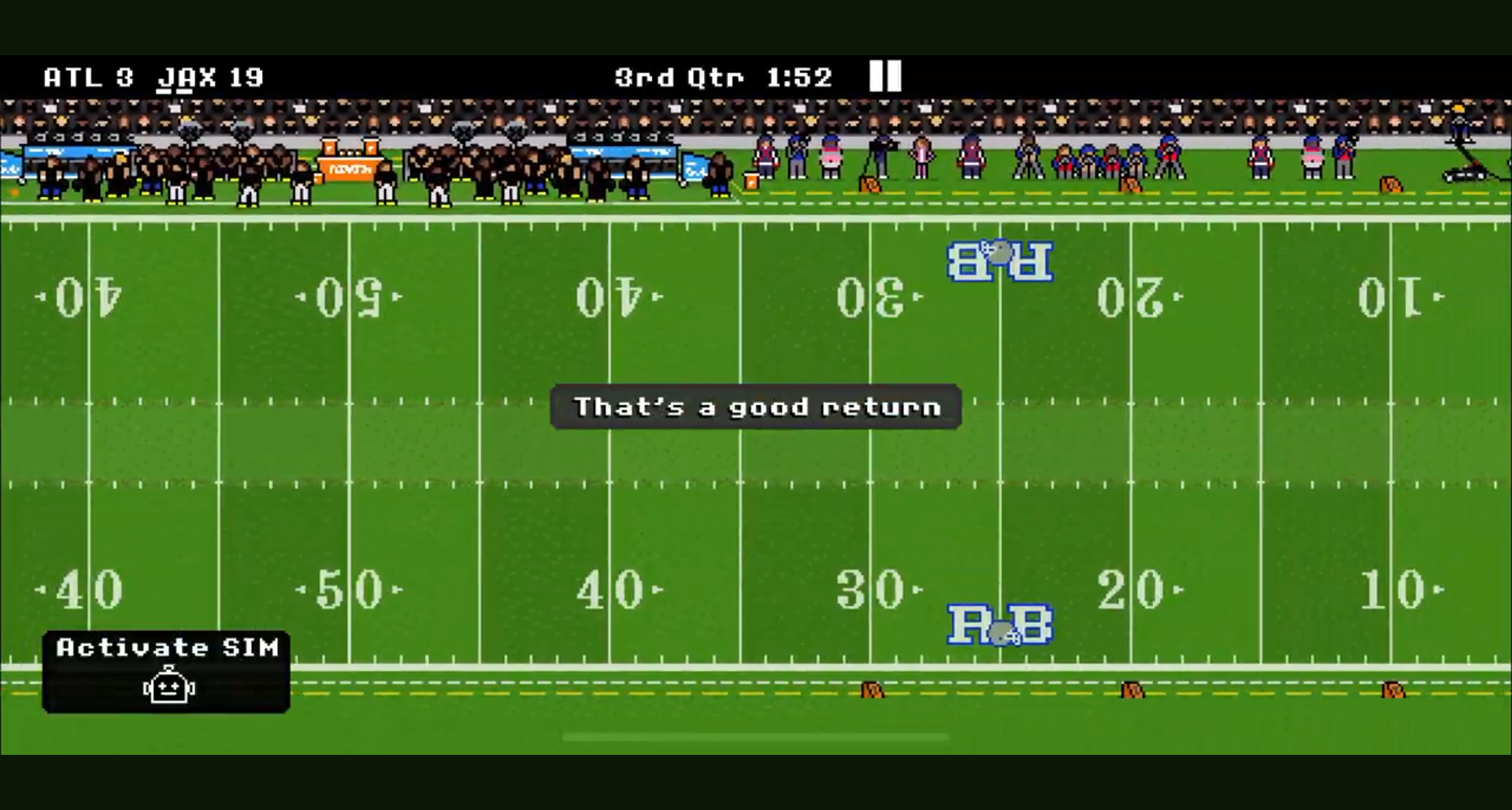
Retro Bowl introduces players to core gameplay features that form its foundation. Players take on the roles of offense and defense, learning the unique attributes of their team members and the intricacies of game mechanics.
– Player Roles: Each player has distinctive skills that contribute to their performance on the field. Understanding how to utilize these roles effectively can significantly influence the outcome of a game.
– Game Controls and User Interface: The controls are designed to be user-friendly, allowing both novice and experienced players to jump into the action quickly. Key functions like passing, running, and defensive moves are easily accessible.
Scoring is central to the gameplay, focusing on touchdowns, field goals, and understanding the points system. Players must strategically navigate each game, optimizing their scoring potential while also defending against opposing offenses.
Difficulty Levels in Retro Bowl
Retro Bowl features various difficulty settings: Easy, Medium, and Hard. Each level offers distinct challenges that affect the overall gameplay experience.
– Easy Difficulty: Designed for beginners, this setting allows players to grasp the fundamentals of gameplay without excessive pressure.
– Medium Difficulty: For those who have some experience, this level presents a balanced challenge, encouraging players to develop their strategies.
– Hard Difficulty: This level tests the limits of players, pushing them to adapt and refine their skills. The AI behavior becomes more complex, and team performance is heavily influenced by player choices.
Understanding the impact of these difficulties helps players select a level that matches their skill set, ensuring a rewarding gaming experience.
The Concept of Dynamic Difficulty
What is Dynamic Difficulty?
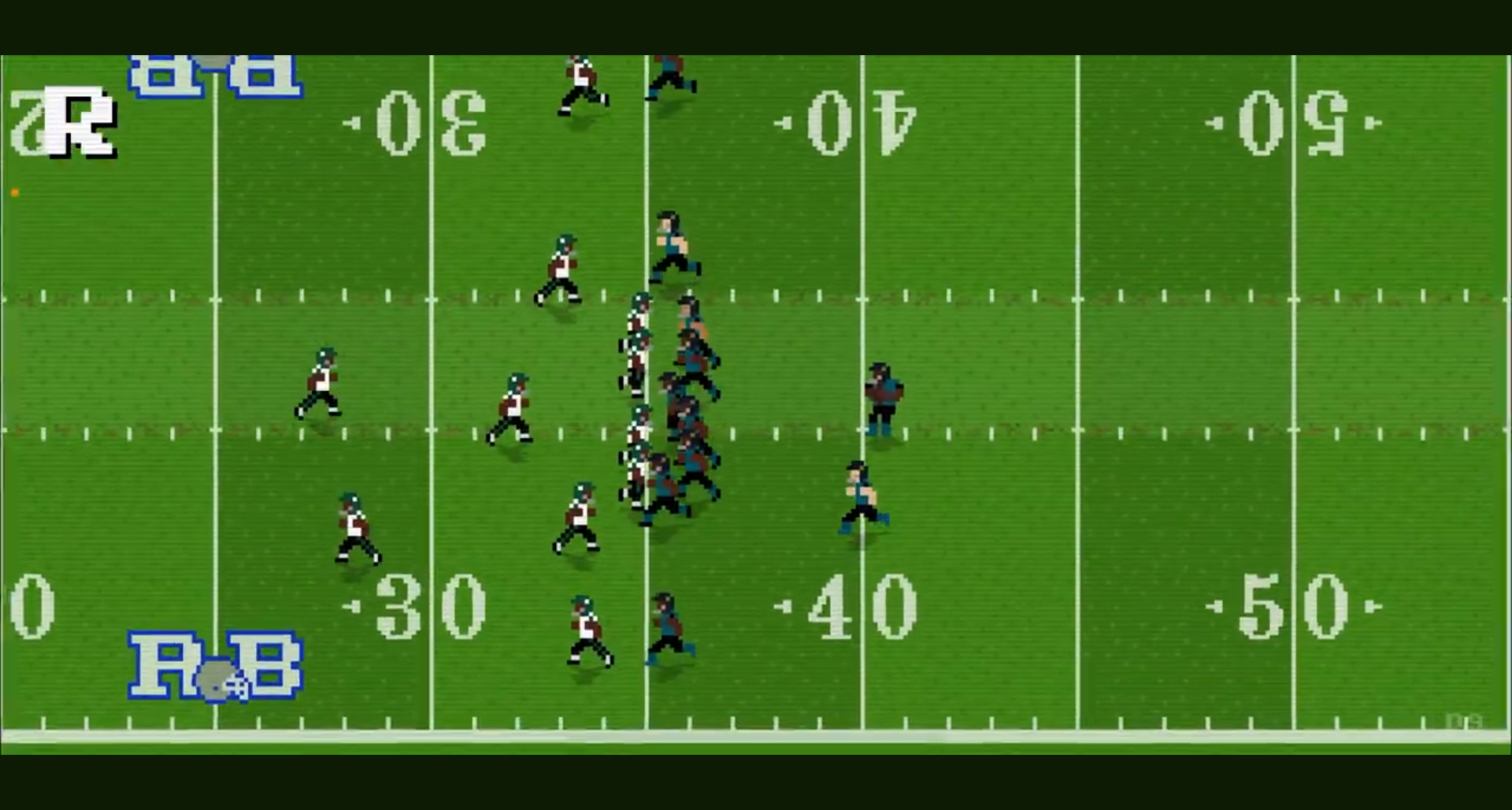
Dynamic difficulty adjustment (DDA) is a mechanism that alters the game’s challenge based on the player’s performance. The primary purpose of DDA is to maintain a fine balance between challenge and enjoyment. By adapting to a player’s level, the system offers a customized experience that encourages skill improvement and engagement.
Understanding DDA in gaming can help players appreciate the nuances of difficulty settings and how they affect overall gameplay. A well-implemented DDA system can provide a comforting sense of progression, motivating players to push themselves further.
How Dynamic Difficulty Works in Retro Bowl
Examining how dynamic difficulty operates within Retro Bowl reveals insightful strategies influenced by gameplay factors. The system evaluates player skill and game progress, triggering adjustments that challenge players without causing undue frustration.
– Factors Influencing Difficulty: Player performance, in-game choices, and strategic decisions all drive the dynamic adjustments, keeping the gameplay fresh and engaging.
– Changes in AI Strategies: As players adapt their tactics, the AI progressively ramps up its strategies, creating a compelling chess match between human ingenuity and programmed responses.
Players need to remain responsive and adaptable throughout their gameplay, embracing the evolving challenges of their dynamic hard setting.
Is Dynamic Hard Really Hard in Retro Bowl?
Player Experiences and Perceptions
To truly understand the challenges of dynamic hard in Retro Bowl, testimonials from seasoned players provide valuable insights. Many players report that while dynamic hard can be tough, it encourages the development of effective strategies that enhance the in-game experience.
Players often cite common challenges such as unpredictable AI behavior and difficult defensive formations. However, the implementation of successful strategies, such as adjusting offensive plays based on AI tendencies, can lead to surprising victories.
Comparing Dynamic Hard with Other Difficulty Levels
When examining the gameplay scenarios across different settings, dynamic hard distinctly stands out. Players face unique challenges, including:
– Increased AI aggressiveness: The defensive team will anticipate plays better, making it crucial to outsmart the AI with clever tactics.
– Enhanced team performance requirements: Players must maximize every member’s capabilities, ensuring each player’s role is effectively utilized.
Compared to easy and medium settings, dynamic hard offers a significantly higher level of difficulty. Players transitioning from medium to hard often find themselves needing to reassess their strategies and adapt quickly.
Does Dynamic Difficulty Lead to a Better Gameplay Experience?
Dynamic difficulty can enhance gameplay experiences in several ways:
– Increased Engagement and Motivation: The thrill of overcoming tough challenges can keep players immersed for longer periods.
– Opportunities for Skill Development: As players confront obstacles, they refine their abilities, leading to personal growth and mastery over game mechanics.
However, some players argue that increased difficulty can lead to higher frustration levels. The risk of diminishing enjoyment is real, especially for those less experienced who may find dynamic hard to be excessively punitive.
Strategies to Succeed at Dynamic Hard
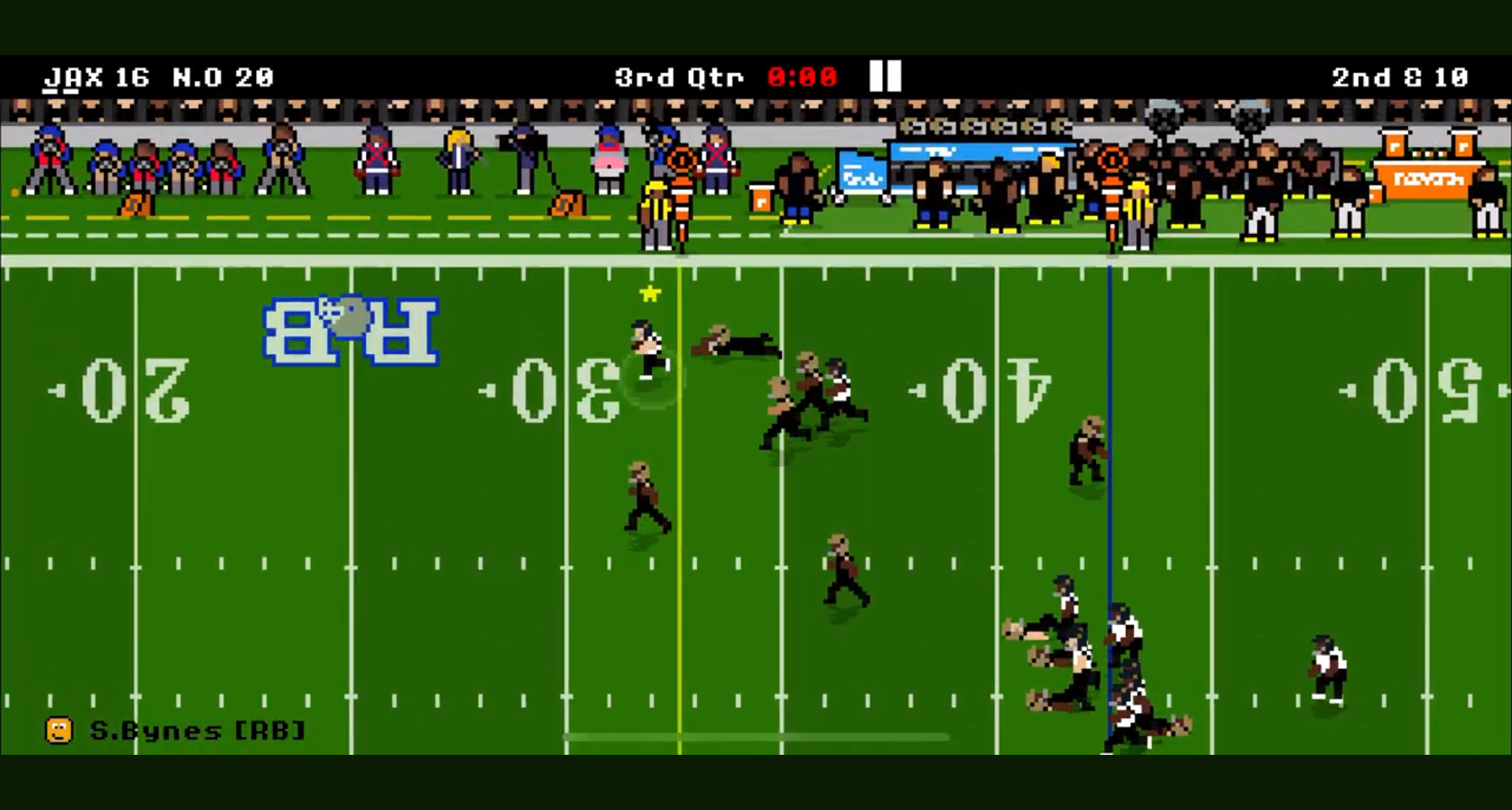
Offensive Strategies
To secure victories in dynamic hard, smart offensive play-calling is crucial. Players should carefully choose their plays based on the opposing team’s defensive strengths.
– Effective Plays: Familiarize yourself with the playbook and select plays that exploit gaps in the AI’s defense to maximize scoring opportunities.
– Building a Strong Team: Focus on recruiting key positions that bolster your team’s performance. Effective scouting can yield highly skilled players that provide an edge in tight games.
Defensive Strategies
Understanding and anticipating AI plays can turn the tide in your favor when defending. Players should:
– Utilize Defensive Formations: Adjust formations based on the opposing team’s offensive setup to counter specific strategies effectively.
– Manage Player Stamina and Injuries: Constantly monitor your players’ endurance and health, substituting when necessary to keep the defensive lines strong.
In-Game Adjustments
Leveraging real-time decision-making is vital for navigating the dynamic hard gameplay successfully.
– Making Real-Time Adjustments: Be prepared to modify your tactics on-the-fly based on the current game flow. Read the AI and react accordingly to maintain an edge.
– Utilizing Timeouts and Clock Management: Knowing when to halt the game momentum can prevent the opposing team from maintaining their advantage, allowing for tactical resets as the match progresses.
Summary of Key Points
| Aspect | Description |
|---|---|
| Gameplay Mechanics | Core features focusing on offense and defense roles, scoring systems. |
| Difficulty Levels | Easy, Medium, Hard settings affecting gameplay experience and AI behavior. |
| Dynamic Difficulty | Adjustment mechanisms that influence challenge based on performance. |
| Player Experiences | Insights on challenges faced and strategies implemented in dynamic hard. |
| Strategies for Success | Includes offensive, defensive strategies, and real-time adjustments. |
FAQ about Dynamic Hard in Retro Bowl
1. What is the Dynamic Hard setting in Retro Bowl?
Dynamic Hard is the most challenging level of gameplay offered in Retro Bowl, requiring advanced skills and strategic understanding of the game.
2. How does dynamic difficulty affect AI behavior?
Dynamic difficulty leads to changes in AI strategies and tactics, making them more adaptive and unpredictable based on the player’s performance.
3. Can players customize difficulty settings in Retro Bowl?
Yes, players can choose from Easy, Medium, and Hard settings, tailoring the experience to match their skill level.
4. What are effective offensive strategies at the Dynamic Hard level?
Focusing on play-calling, team recruitment, and exploiting defense gaps are vital to scoring effectively against challenging AI.
5. How do players manage fatigue and injuries during games?
Monitoring player stamina and making timely substitutions can significantly impact overall performance during a match.
6. Are there specific challenges unique to the Dynamic Hard setting?
Players face increased AI aggression and effective counter strategies that demand a more refined approach to offensive play.
7. What are the benefits of playing at higher difficulty levels?
Higher difficulty levels encourage skill development, lead to more engaging gameplay experiences, and create a sense of achievement upon overcoming challenges.
8. Can I switch difficulty levels mid-game in Retro Bowl?
No, difficulty levels are set at the beginning of a game and cannot be changed until starting a new match.
9. How do I improve my chances at the Dynamic Hard level?
Continuous practice, understanding AI patterns, and refining strategies are essential for enhancing performance.
10. Is playing at the Dynamic Hard level suitable for all players?
Dynamic Hard is more suitable for seasoned players who are comfortable with the game mechanics and want to challenge their skills. New players may find it overly challenging.
All players are encouraged to explore different difficulty settings to discover what works best for them, promoting an enriching gaming experience in Retro Bowl.

